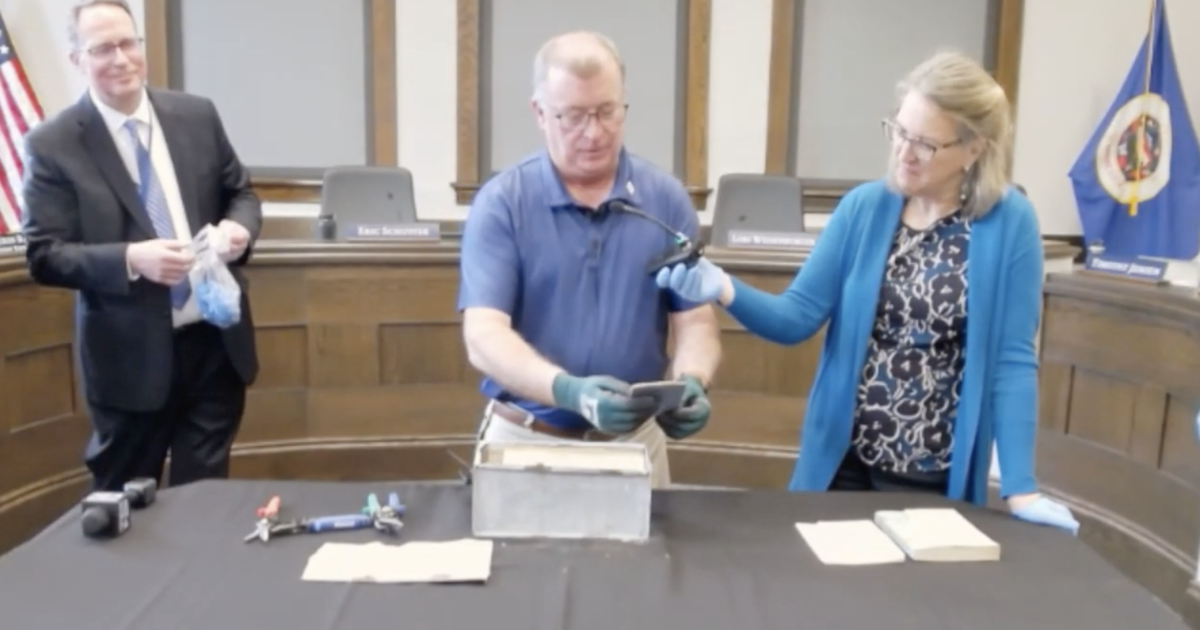In major milestone, SpaceX test fires Crew Dragon abort engines
In a major milestone, SpaceX engineers fired the powerful abort engines in the company's Crew Dragon astronaut ferry ship Wednesday, carrying out an apparently successful ground test showing the problem that triggered a catastrophic explosion last April has been resolved.
This time around, the capsule's eight Super Draco engines ignited and fired as planned, generating a combined 120,000 pounds of thrust just as they would during flight if sensors detected an impending booster malfunction. The engines shut down as planned about 5 seconds after ignition.
Witnessed from nearby Port Canaveral, a large cloud of dirty white smoke could be seen billowing up into an overcast sky at 3:08 p.m. EST. The unpiloted capsule remained firmly attached to a test stand at the Cape Canaveral Air Force Station throughout the test.
Assuming no issues come up after a detailed data review, SpaceX will begin work to ready the same capsule for an in-flight abort test atop a Falcon 9 rocket as early as next month. The plan is to deliberately trigger the abort system again — this time during the period of maximum aerodynamic stress as the booster climbs through the thick lower atmosphere.
The goal is to certify the system's ability to propel a crew to safety at any point from the launch pad to orbit and to operate as designed during worst-case scenarios.
SpaceX completed an unpiloted Crew Dragon flight to the space station earlier this year. If the upcoming in-flight abort test goes well, the California-based rocket builder will work toward a piloted test flight early next year when NASA astronauts Bob Behnken and Doug Hurley plan to visit the International Space Station (ISS).
Boeing also is building an astronaut ferry ship for NASA, known as Starliner. The company completed a pad abort test earlier this month and plans to launch an unpiloted test flight to ISS around December 17. Like SpaceX, Boeing hopes to launch its first piloted test flight next year.
Which company's crew will get off the ground first is not yet known. But once the piloted test flights are complete, NASA hopes to begin operational ISS crew rotation missions before the end of 2020, ending the agency's sole reliance on Russian Soyuz spacecraft.
Wednesday's test was a welcome step forward, coming more than six months after a crew Dragon was destroyed April 20 during a planned test of the SuperDraco abort system.
Using the same capsule that visited the station in the unpiloted test flight in March, engineers successfully tested the capsule's 12 smaller Draco maneuvering thrusters. Computers were an instant away from firing the Super Dracos when the craft suddenly exploded.
After analyzing high-speed video and data from scores of sensors, engineers concluded a small amount of propellant leaked into a helium pressurization line during pre-test processing. As the system pressurized for ignition of the Super Draco engines, the propellant was slammed back into the valve, triggering a catastrophic failure.
SpaceX re-designed the system, replacing the suspect valves and implementing a variety of other upgrades to prevent similar problems in the future.






